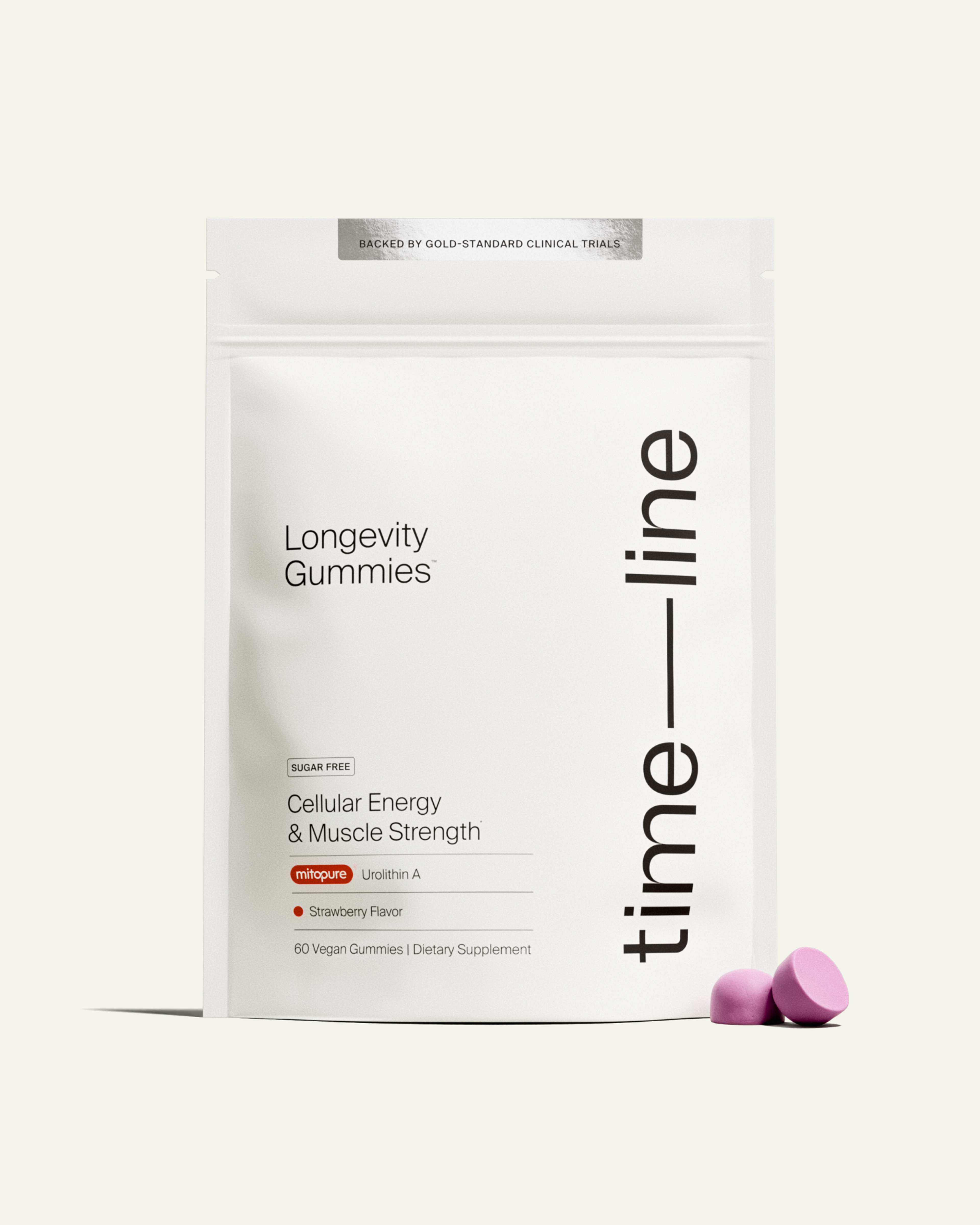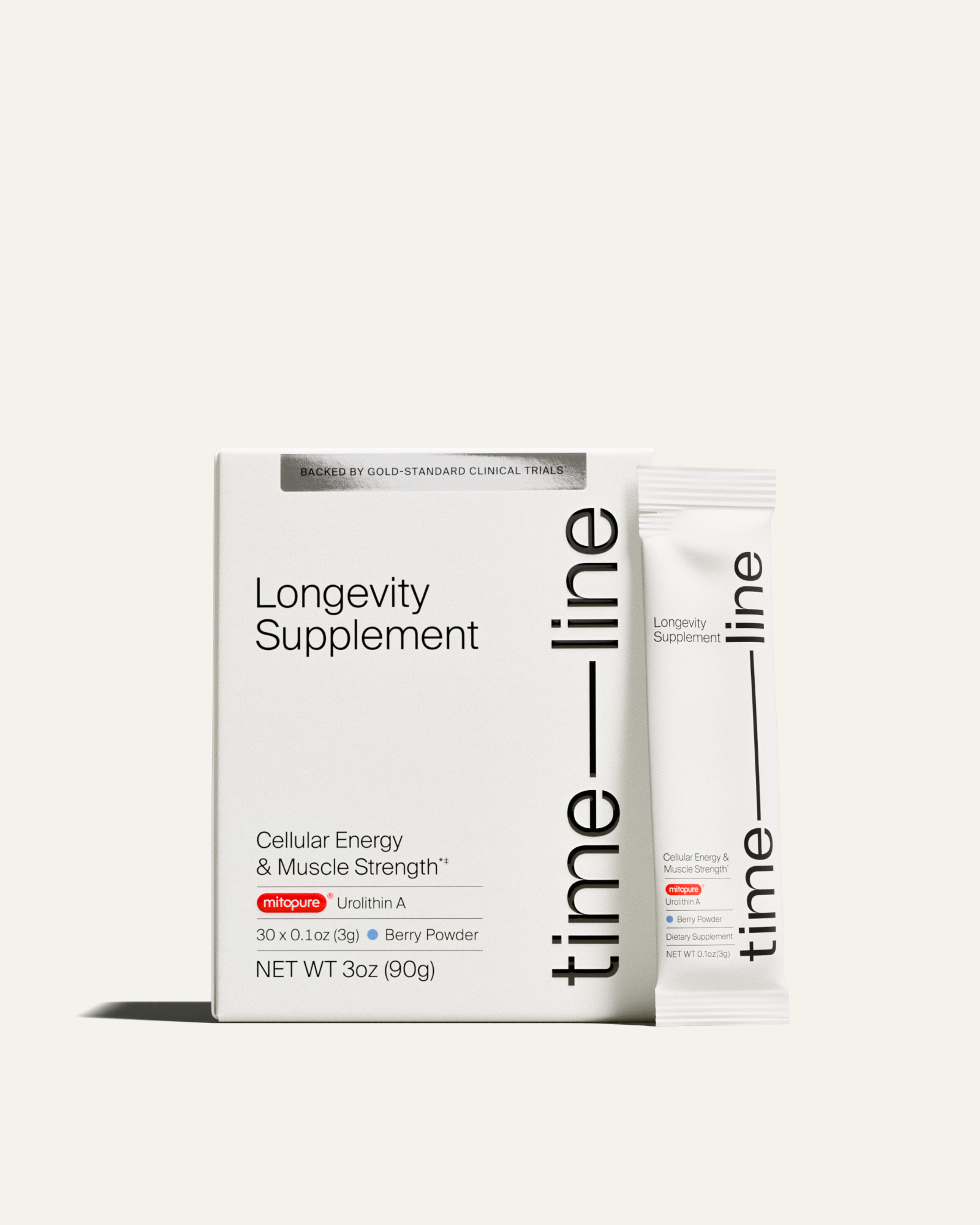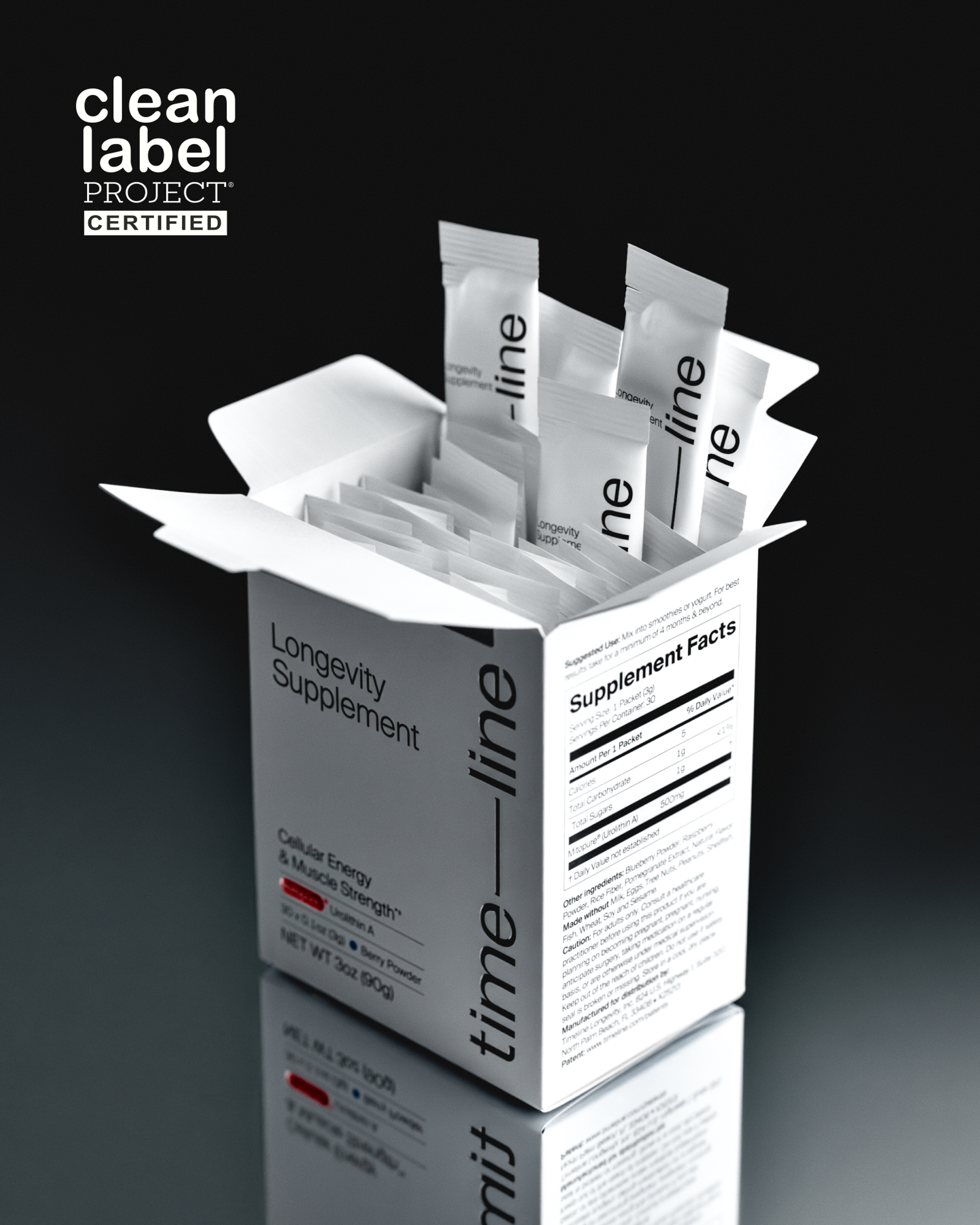GLP-1 downsides: Muscle loss and "Ozempic face"
GLP-1 medications are a game changer for weight loss, but have serious health concerns. Explore Mitopure’s role in muscle health and “Ozempic face.”
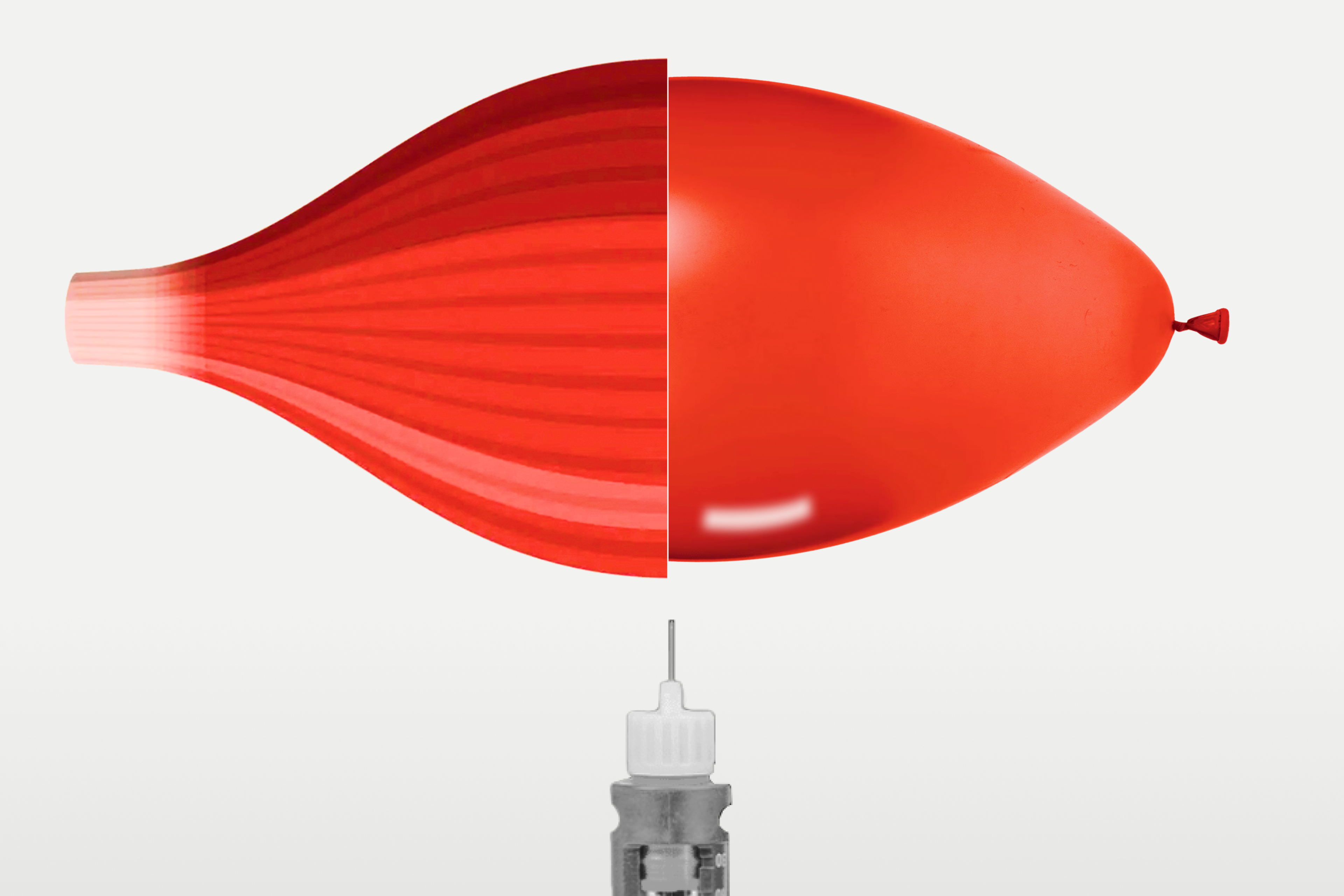
What to know
GLP-1 inhibitors are a new class of weight loss medications offering a powerful way to support people struggling with weight.
Muscle loss can be a great concern due to the rapid weight loss that occurs with these medications.
“Ozempic face” refers to the distressing dermatological changes that occur with the use of these meds.
Proper diet, exercise, and nutrition companion products help to preserve the health and quality of muscles.
Oral intake of Mitopure® (Urolithin A) offers a novel way to support muscle strength and endurance. Topical use of Mitopure targets skin aging, to reduce the appearance of fine lines and wrinkles.
Weight management is fraught with challenges and setbacks, especially in today’s modern world, where many feel they are set up for failure. While foundational to health and wellness, conventional methods like diet and exercise often fall short for many, leaving a real issue for those on the quest for sustainable weight loss solutions. Even medically supervised diets and older classes of weight loss medications have failed to help people achieve and sustain their desired weights, keeping people locked in the never-ending cycle of weight loss and regain.
Now we’ve entered a new era of weight loss with a groundbreaking class of medications known as GLP-1 inhibitors. These drugs have quickly gained popularity for their ability to deliver powerful results, where other methods have failed. They offer a beacon of hope for those navigating the complex path to achieving and maintaining a healthy weight.
While these medications cannot be denied for their weight loss success, they do have some serious concerns. One critical aspect often overlooked is the risk of muscle loss and its negative impact on metabolic health and longevity. Additionally, the phenomenon of "Ozempic face" has emerged, highlighting the distressing facial changes that accompany the rapid and extensive weight loss induced by these medications.
As more people turn to these weight loss medications for help, adopting a holistic approach to preserving muscle and skin health is crucial. Read on to learn about Ozempic muscle loss and the dermatological changes that occur, and how Mitopure® (Urolithin A) may be able to help.
What are GLP-1 inhibitors
Glucagon-like peptide-1 inhibitors, called GLP-1 inhibitors for short, are a class of medications used to treat type 2 diabetes and obesity. These medications work by:[1]
- stimulating insulin secretion
- slowing down gastric emptying (how quickly food leaves the stomach)
- reducing appetite and cravings
- slowing down the release of glucagon from the pancreas (a hormone that increases blood sugar when levels get too low).
There are several GLP-1 inhibitors on the market, including Ozempic (semaglutide), Wegovvy (semaglutide), and Monjourno ((tirzepatide) that are approved for the management of type 2 diabetes. Not all are approved as weight loss drugs; however, some doctors may prescribe them off-label for the weight loss benefits.
Does Ozempic cause muscle loss
GLP-1 medications have several known side effects, including nausea and gastrointestinal distress.[3] However, a crucial aspect often overlooked in the conversation around these medications is the accompanying muscle loss that happens when people lose weight so rapidly.[2]
When people lose weight, whether through diet, medications, or surgery, they tend to lose muscle mass in addition to fat mass. Studies have shown that about 25% of the weight loss that occurs from dieting is lean body mass(LBM)[4] and that rapid weight loss, like what occurs with GLP1’s, is associated with more loss of LBM than those who achieve a slower weight loss.[5]
Studies with semaglutide demonstrate that people can lose over 10 kg(22 lbs) of fat mass, but they will also lose up to 7 kg (15 lbs) of muscle mass.[6] This loss of LBM is not just a cosmetic concern; the muscle loss Ozempic and other GLP-1’s cause carries significant health implications.
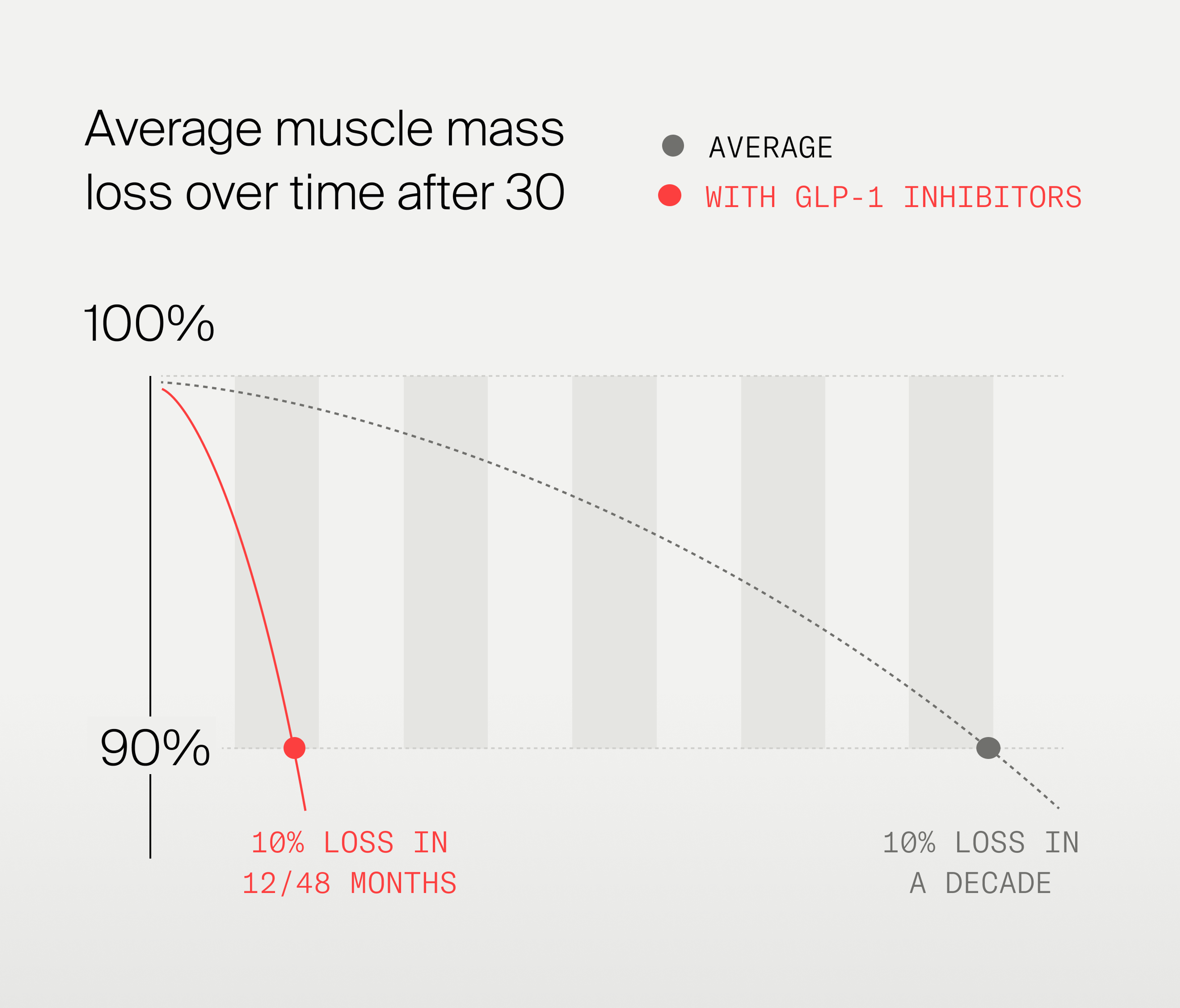
Why muscle loss matters
Loss of lean body mass is associated with several health risks, including an increased risk of sarcopenia. This is especially true of older people and post-menopausal women who are already at high risk for this condition.[7]
It is well established that low muscle mass and muscle strength are associated with a higher risk of all-cause mortality and disability. [9] Skeletal muscle is also a vitally important metabolic organ, playing a role in energy metabolism.[8]
As we age, we naturally lose about 10% of our muscle mass every decade. This equates to roughly 1-3 kgs (2.2 - 6.6 lbs) every ten years, and this loss is accelerated after age 60.[10] Alarmingly, within just one year of taking these medications, individuals might face muscle loss at a rate 2-3 times faster than this natural decline.
To add to that concern, when people stop taking these medications, they likely will experience weight rebound, often termed “Ozempic rebound,” where they gain back the fat they lost but not the lost muscle.
Clearly, a focus on muscle preservation must be front and center for anyone using these medications for weight loss.
Supporting muscle health while on GLP-1 medications
Preventing muscle loss while using Ozempic and other GLP-1 medications involves a multifaceted approach that prioritizes nutrition, exercise, and supplementation.
Eating a high-protein diet can help preserve lean muscle mass, as protein is essential for muscle repair and growth. Studies suggest aiming for at least 20 grams of protein a meal as a strategy to stimulate muscle protein synthesis during weight loss.
Regular physical activity, especially strength training exercises, is also critical to helping slow the loss of muscle during weight loss therapy.
A third strategy for supporting muscle health during weight loss is to utilize nutrition companion products or dietary supplements that support muscle strength and physical function.
Mitopure® (Urolithin A) for example, enhances mitochondrial function through a process called mitophagy, and is clinically proven to improve muscle, muscle strength, and endurance.

Mitopure Softgels
4.5 · 3713 reviews
The simplest form of Mitopure
What is “Ozempic face”
Another issue, termed "Ozempic face," has come to light, describing the facial changes accompanying the rapid and extensive weight loss induced by these medications. Patients using these medications report noticing an increase in fine lines, wrinkles, loose and sagging skin, and a hollowed-out facial appearance.[11]

Research has shown that the impact of skin aging can have a significant psychological impact, including the development of social anxiety and isolation. Studies have even shown that having an older appearance, especially in women, is associated with discrimination in the workplace.[12]
These changes associated with “Ozempic face” can significantly impact an individual's self-esteem, pushing some to seek costly and invasive dermatological treatments.
Mitopure®: A nutrition companion to support GLP-1 weight loss
As we grapple with the challenges of muscle health and dermatologic concerns, it's clear that these issues must be addressed. Mitopure® (Urolithin A) by Timeline offers a scientifically backed approach to support the health of our muscles and our skin.
Mitopure activates a mitochondrial quality control process known as mitophagy. As the powerhouse of the cell, our mitochondria generate the critical energy needed for our cells (including our muscle and skin cells) to function correctly.
Mitopure significantly improves muscle health
Clinical studies have demonstrated that dietary supplementation with Mitopure enhances cellular energy and improves muscle strength and endurance in adults without a change to their diet or exercise regimen.
Mitopure directly targets skin aging
Mitopure is the first and only bioactive clinically proven to re-energize skin cells by renewing their power sources. When applied topically, it visibly reduces fine lines and wrinkles in just two weeks. [13]Topical use of Mitopure turns on the genes linked to collagen organization and assembly and helps to protect the skin from environmental damage, directly targeting the factors that cause the skin to age.

Mito-Biotic™ Firming Serum
4.8 · 1446 reviews
Award-winning bioactive formula for renewal
Final words
While GLP-1 inhibitors represent a significant advancement in weight management, it's essential to address the concerns comprehensively. Through dietary modifications, exercise, and nutrition companion products like Mitopure®, individuals can safeguard their muscle and skin health, ensuring a more balanced approach to weight loss and overall well-being.
Authors

Written by
Director Science Communications

Reviewed by
Chief Medical Officer
References
- ↑
Collins L, Costello RA. Glucagon-Like Peptide-1 Receptor Agonists. In: StatPearls. StatPearls Publishing; 2024. Accessed April 2, 2024. http://www.ncbi.nlm.nih.gov/books/NBK551568/
- ↑
McCrimmon RJ, Catarig AM, Frias JP, et al. Effects of once-weekly semaglutide vs once-daily canagliflozin on body composition in type 2 diabetes: a substudy of the SUSTAIN 8 randomised controlled clinical trial. Diabetologia. 2020;63(3):473-485. doi:10.1007/s00125-019-05065-8
- ↑
Collins L, Costello RA. Glucagon-Like Peptide-1 Receptor Agonists. In: StatPearls. StatPearls Publishing; 2024. Accessed April 2, 2024. http://www.ncbi.nlm.nih.gov/books/NBK551568/
- ↑
Arguin H, Bouchard DR, Labonté M, et al. Correlation between the rate of weight loss and changes in body composition in obese postmenopausal women after 5 weeks: a pilot study. Appl Physiol Nutr Metab Physiol Appl Nutr Metab. 2008;33(2):347-355. doi:10.1139/H08-00
- ↑
Ashtary-Larky D, Ghanavati M, Lamuchi-Deli N, et al. Rapid Weight Loss vs. Slow Weight Loss: Which is More Effective on Body Composition and Metabolic Risk Factors? Int J Endocrinol Metab. 2017;15(3):e13249. doi:10.5812/ijem.13249
- ↑
Wilding John P.H., Batterham Rachel L., Calanna Salvatore, et al. Once-Weekly Semaglutide in Adults with Overweight or Obesity. N Engl J Med. 2021;384(11):989-1002. doi:10.1056/NEJMoa2032183
- ↑
Cava E, Yeat NC, Mittendorfer B. Preserving Healthy Muscle during Weight Loss. Adv Nutr. 2017;8(3):511-519. doi:10.3945/an.116.014506
- ↑
Kim G, Kim JH. Impact of Skeletal Muscle Mass on Metabolic Health. Endocrinol Metab. 2020;35(1):1-6. doi:10.3803/EnM.2020.35.1.1
- ↑
Li R, Xia J, Zhang X, et al. Associations of Muscle Mass and Strength with All-Cause Mortality among US Older Adults. Med Sci Sports Exerc. 2018;50(3):458-467. doi:10.1249/MSS.0000000000001448
- ↑
Volpi E, Nazemi R, Fujita S. Muscle tissue changes with aging. Curr Opin Clin Nutr Metab Care. 2004;7(4):405-410.
- ↑
What is “Ozempic face” and how can people avoid it? Published March 30, 2023. Accessed April 2, 2024. https://www.medicalnewstoday.com/articles/ozempic-face
- ↑
Gupta MA, Gilchrest BA. Psychosocial aspects of aging skin. Dermatol Clin. 2005;23(4):643-648. doi:10.1016/j.det.2005.05.012
- ↑
Topical application of Urolithin A slows intrinsic skin aging and protects from UVB-mediated photodamage: Findings from Randomized Clinical Trials D D’Amico, AM Fouassier, J Faitg, N Hennighausen, M Brandt, D Konstantopoulos, C Rinsch, A Singh medRxiv 2023.06.16.23291378; doi: https://doi.org/10.1101/2023.06.16.23291378
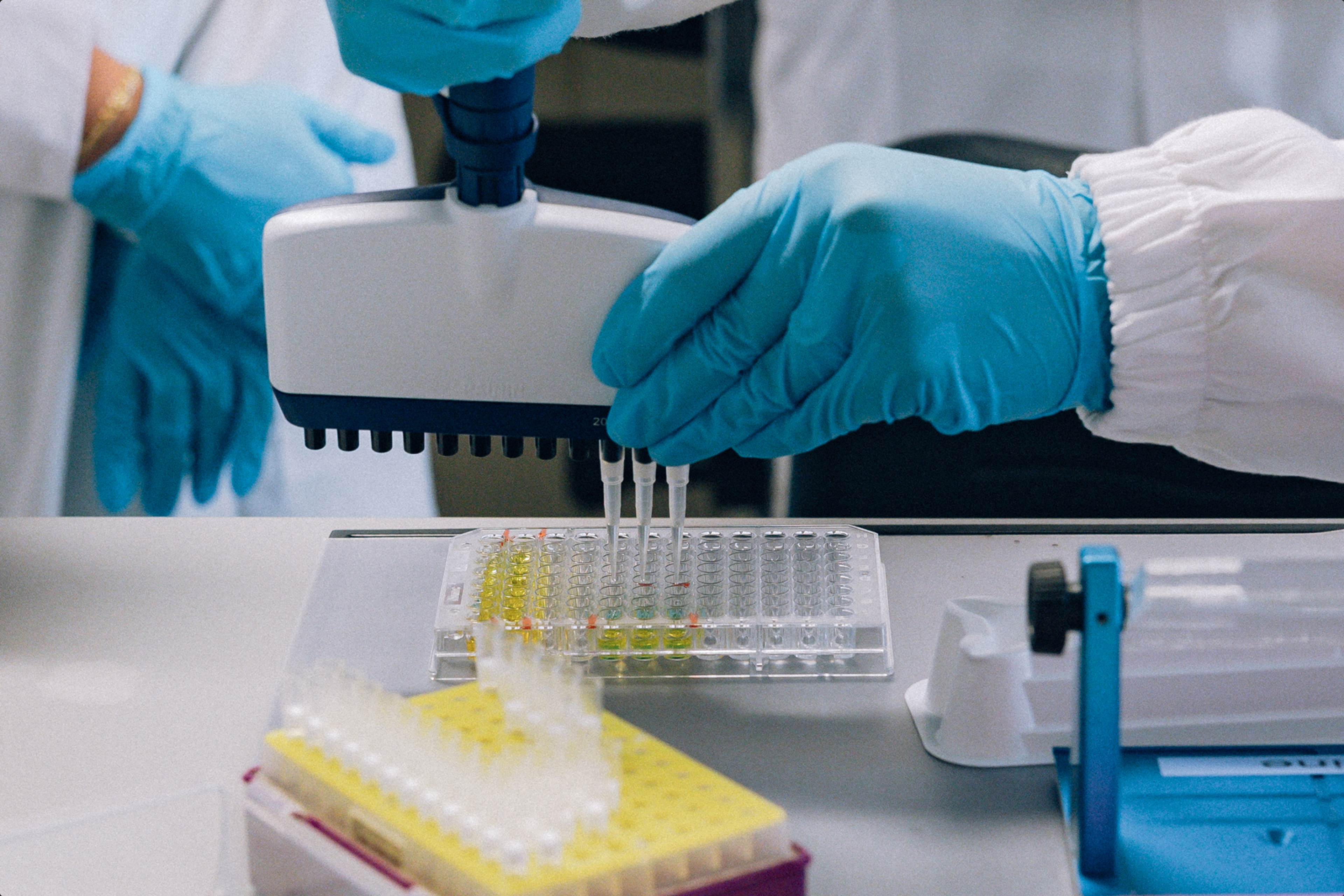
·
Nutrition·
Studies·
